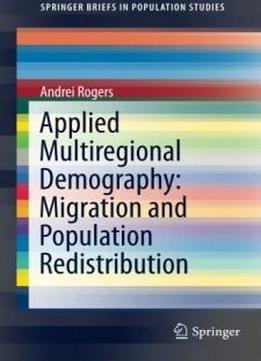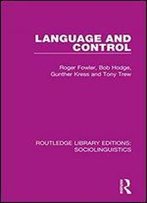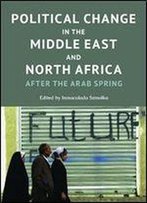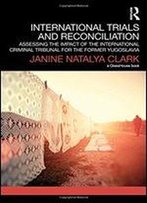
Applied Multiregional Demography: Migration And Population Redistribution (springerbriefs In Population Studies)
by Andrei Rogers /
2015 / English / PDF
2.8 MB Download
This book shows the effectiveness of multiregional demography for
studying the spatial dynamics of migration and population
redistribution. It examines important questions in demographic
analysis and shows how the techniques of multiregional analysis
can lead to answers that sometimes contradict conventional
wisdom.
This book shows the effectiveness of multiregional demography for
studying the spatial dynamics of migration and population
redistribution. It examines important questions in demographic
analysis and shows how the techniques of multiregional analysis
can lead to answers that sometimes contradict conventional
wisdom.
The book reconsiders conclusions reached in the literature
regarding several fundamental common sense demographic questions
in migration and population redistribution, including: Is it
mostly migration or “aging-in-place” that has been driving
Florida’s elderly population growth? Do the elderly return “home”
after retirement more than the non-elderly do? Does longer life
lead to longer ill-health? Do simple population projection models
outperform complex ones?
The book reconsiders conclusions reached in the literature
regarding several fundamental common sense demographic questions
in migration and population redistribution, including: Is it
mostly migration or “aging-in-place” that has been driving
Florida’s elderly population growth? Do the elderly return “home”
after retirement more than the non-elderly do? Does longer life
lead to longer ill-health? Do simple population projection models
outperform complex ones?
For each demographic question it reconsiders, the book begins
with a simple empirical numerical example and with it illustrates
how a uniregional specification can bias findings to favor a
particular, and possibly incorrect, conclusion. It then goes on
to show how a multiregional analysis can better illuminate the
dynamics that underlie the observed population totals and lead to
a more informed conclusion.
For each demographic question it reconsiders, the book begins
with a simple empirical numerical example and with it illustrates
how a uniregional specification can bias findings to favor a
particular, and possibly incorrect, conclusion. It then goes on
to show how a multiregional analysis can better illuminate the
dynamics that underlie the observed population totals and lead to
a more informed conclusion.
Offering insights into the effectiveness of multiregional
demography, this book serves as a valuable resource for students
and researchers searching for a better way to answer questions in
demographic analysis and population dynamics.
Offering insights into the effectiveness of multiregional
demography, this book serves as a valuable resource for students
and researchers searching for a better way to answer questions in
demographic analysis and population dynamics.











